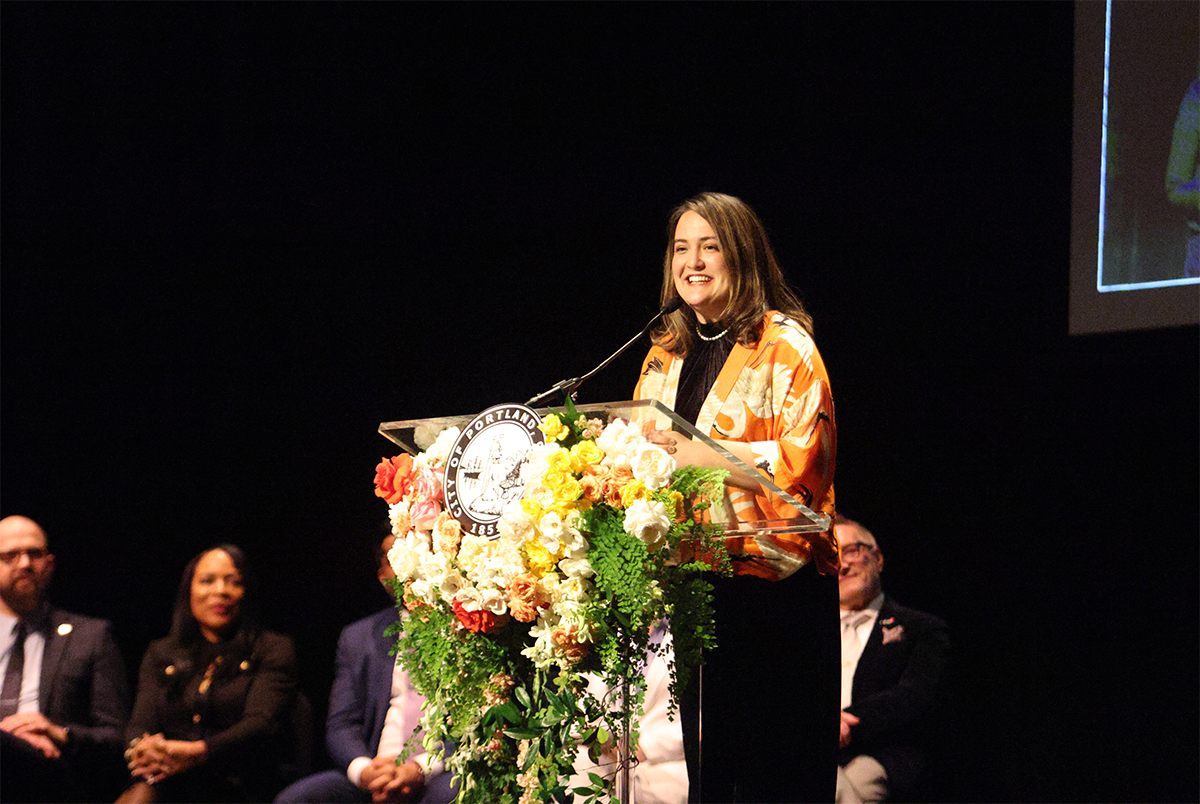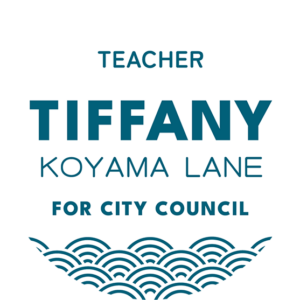When I talk about the future of Portland, I’m talking about a city shaped by collaboration, not competition. Every major step forward we’ve taken in my time on Council has come from bringing people together—neighbors, advocates, small business owners, and my colleagues inside City Hall—to push toward shared goals with clarity and purpose.
On traffic safety, that has meant uniting parents, school leaders, transportation staff, and long-time street safety advocates to demand solutions that reflect lived experience. Whether we’re supporting Bike Buses or elevating community-led traffic studies, the wins we’ve seen came from coalitions willing to show up together and insist that safe mobility is a right, not a luxury.
Our work to build an age-friendly Portland has taken the same approach. People of different ages and abilities know their neighborhoods best, and I’ve made it a priority to bring their voices into the policymaking process. In Council, I continue to push the idea that we need accessible housing, welcoming public spaces, and community-based health and wellness programs benefit EVERYONE of all ages, wages and stages. When we collaborate, we create a city where people can stay rooted in their community at every stage of life.
Economic justice is also a team effort. I’ve convened small business owners, labor leaders, renters, caregivers, and service providers to map out solutions that stabilize households and keep Portland’s diverse communities intact. Inside Council chambers, I’ve worked to align colleagues around policies that support working families, expand opportunity, and prevent displacement. Shared prosperity takes shared commitment.
And none of this is possible without good governance. I’ve helped bring Council members, bureau staff, and community partners into the same conversations so our new government structure actually functions for the people who depend on it. From launching our City’s first Council Handbook to supporting an alignment and enhancement of our Advisory Bodies which community members volunteer on, I’ve gotten to get us off on a good foot as our first Chair of the Governance Committee. Building trust, ensuring transparency, and creating practical systems isn’t glamorous work—but it’s essential. I will continue to organize the room, clarify next steps, and guide the group toward outcomes that serve the whole city.
These priorities are connected by a simple philosophy: Portland does best when we solve problems together. When we combine expertise, align values, and listen deeply, we can make decisions that reflect the real needs of the people who live here.
Our challenges are complex, but collaboration is powerful. With strong coalitions and a Council committed to shared purpose, we can build a Portland that is safer, more inclusive, more economically just, and better governed—for everyone.


